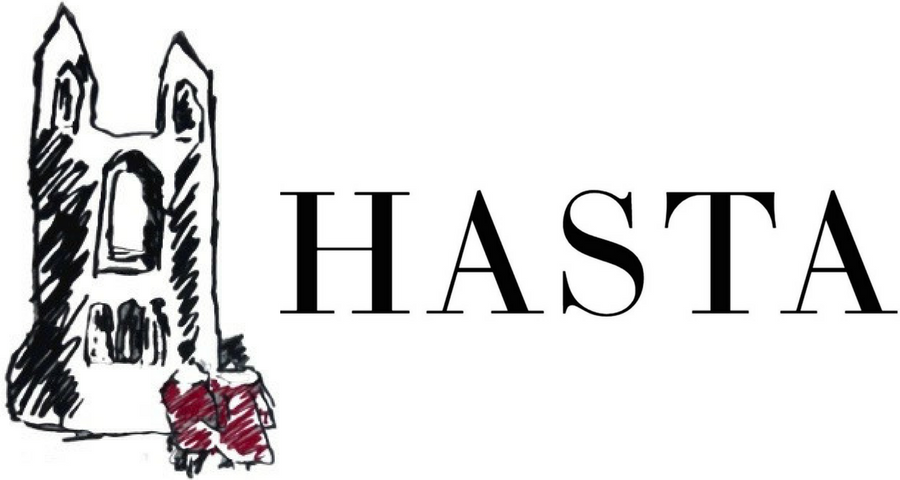Theresa Bernstein 1890–2002
By Rosie Miller
Theresa Bernstein, In the Elevated, 1916, oil on canvas, 30x40 in., Fine Arts Museum of San Francisco
Theresa Bernstein’s artistic career spanned some 90 years; this testifies to her unwavering drive and artistic vision but is – remarkably – by no means her most exceptional feat. Bernstein’s Jewish heritage made her incongruent with the traditional Protestant True Woman archetype, a feature that she embraced: she joined the first wave of ‘New Woman’ artists in the early 1900s, demanding equal status to her male colleagues. Radically, Bernstein mobilised a historically ‘masculine’ avant-garde style, transcending the ‘female’ artistic remit of domesticity and depicting gritty scenes of urban reality instead.
Undoubtedly, Bernstein was – and remains – worthy of high artistic acclaim. The breadth of her production, which extended to painting, printmaking and poetry, was matched by pioneering technical proficiency. Many of her paintings are set at dusk, demonstrating an ability to evoke mood and intricate detail in low light; it is no wonder that she was acclaimed both in New York and in the summer colony of Gloucester, Massachusetts. However, Bernstein’s womanhood exposed her to heavy discrimination. Despite concealing her gender through the neutral signature, ‘T. Bernstein’, her anonymity was short-lived, barring her from membership of both the Salmagundi Club and Robert Henri’s Ashcan School. Even her domestic life was not exempt from injustice: as an artist-wife to William Meyerowitz, she was forced to place the needs of her husband’s career above her own.
Nevertheless, Bernstein addressed the issue of women’s rights in her work, painting suffrage parades and meetings as well as more subtly encoded pieces including In the Elevated. The foreground of this work, in which a well-dressed, affluent woman travels unaccompanied, gives cultural space to the changing lifestyles of ‘modern’ women. Further feminist undertones inform Bernstein’s depiction of two brightly lit female figures, who gaze at the passing scenery with interest. This act of looking is politically powerful, signalling that – for the New Woman – observation is no longer the prerogative of men. Equally, Bernstein’s construction of dynamic, diagonal lines, which converge towards the front of the train, emblemise the thrust of modernisation; for Bernstein, this incorporated both new technologies and – radically – female autonomy.
Bibliography
Burnham, Patricia, ‘Theresa Bernstein’, in Woman’s Art Journal, 9: 2 (Fall 1988/Winter 1989)
Tobey, Rena, ‘Transported to the Public Sphere: Theresa Bernstein and “In the Elevated”’, in Art Times, (Summer, 2015)

